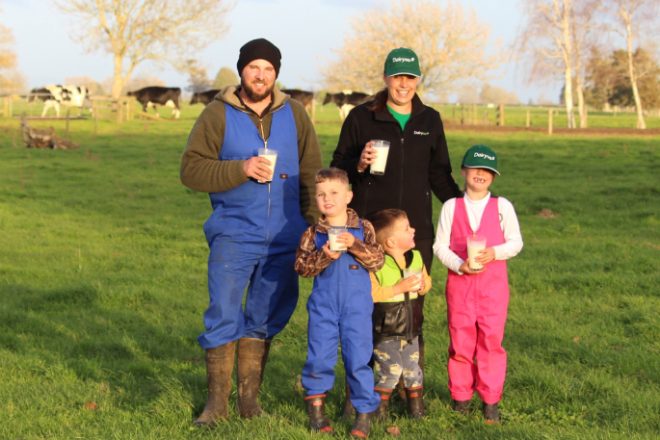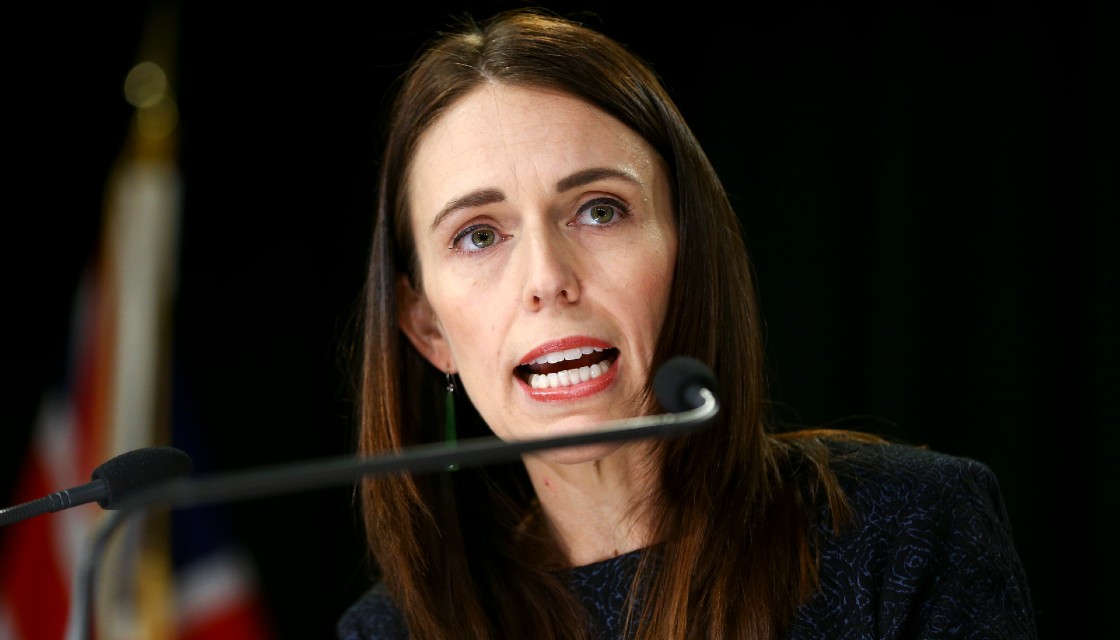Ngành công nghiệp sữa luôn là một phần quan trọng của nền kinh tế New Zealand, hỗ trợ cộng đồng địa phương và cung cấp dinh dưỡng chất lượng cao trên toàn thế giới. DairyNZ và Hiệp hội các công ty sữa New Zealand đang kỷ niệm những thành tựu này vào Ngày Sữa Thế giới, ngày 1 tháng 6.
Giám đốc điều hành DairyNZ, Campbell Parker, cho biết Ngày Sữa Thế giới là thời điểm hoàn hảo để ghi nhận tác động tích cực của nông dân, các công ty sữa và toàn bộ ngành công nghiệp đối với tương lai của New Zealand. Ngày này, do Tổ chức Lương thực và Nông nghiệp Liên hợp quốc thành lập, nhấn mạnh tầm quan trọng toàn cầu của sữa và ngành sữa.
Campbell lưu ý rằng sữa do nông dân New Zealand sản xuất cung cấp hai phần rưỡi sữa mỗi ngày cho 90 triệu người. Đóng góp đáng kể này bắt đầu với sự cống hiến của nông dân đối với đất đai và động vật của họ và kéo dài qua toàn bộ chuỗi cung ứng, mang lại lợi ích cho người tiêu dùng, cộng đồng và đất nước.
Kimberly Crewther, giám đốc điều hành của DCANZ, giải thích rằng sữa chất lượng cao do nông dân sản xuất được chuyển đổi thành hơn 1500 sản phẩm sữa khác nhau. Những sản phẩm này được xuất khẩu sang hơn 130 quốc gia, đóng góp một trong bốn đô la New Zealand kiếm được từ thương mại.
Thành công của ngành sữa, theo Kimberly, là một nỗ lực tập thể liên quan đến nông dân, nhân viên công ty sữa và các ngành công nghiệp đối tác. Trong năm kết thúc vào tháng 4 năm 2024, xuất khẩu sữa đã tạo ra doanh thu 25,5 tỷ đô la và tạo việc làm cho khoảng 55.000 người.
Hoạt động kinh tế do nông dân và các công ty chăn nuôi bò sữa tạo ra bao gồm hơn 7,9 tỷ đô la chi cho hàng hóa và dịch vụ địa phương và 5 tỷ đô la chi cho các nhà chế biến sữa. Nông dân và nhà chế biến sữa lần lượt nằm trong số 10 người mua hàng đầu từ hơn một phần ba và một phần tư của tất cả các ngành công nghiệp khác.
Kimberly nhấn mạnh rằng sữa là một cường quốc dinh dưỡng, cung cấp 23 trong số 29 chất dinh dưỡng thiết yếu trong hệ thống thực phẩm toàn cầu. Điều này bao gồm 48% nguồn cung cấp canxi trong chế độ ăn uống và 12% protein, trong khi chỉ chiếm 7% lượng calo. Các sản phẩm sữa rất quan trọng cho chế độ ăn kiêng ở mọi giai đoạn của cuộc sống.
Campbell nhấn mạnh rằng Ngày Sữa Thế giới là cơ hội để nhận ra vai trò quan trọng của sữa trong cộng đồng, với việc nông dân thường tình nguyện và đóng góp cho giáo dục địa phương, bảo tồn, cố vấn và các dịch vụ khẩn cấp.
Kimberly nói thêm rằng lĩnh vực sữa cung cấp một loạt các cơ hội nghề nghiệp cho người New Zealand, từ nông nghiệp và khoa học sữa đến bán hàng và hậu cần. Với các kết nối toàn cầu, có những cơ hội thú vị trong lĩnh vực sữa năng động.





























































